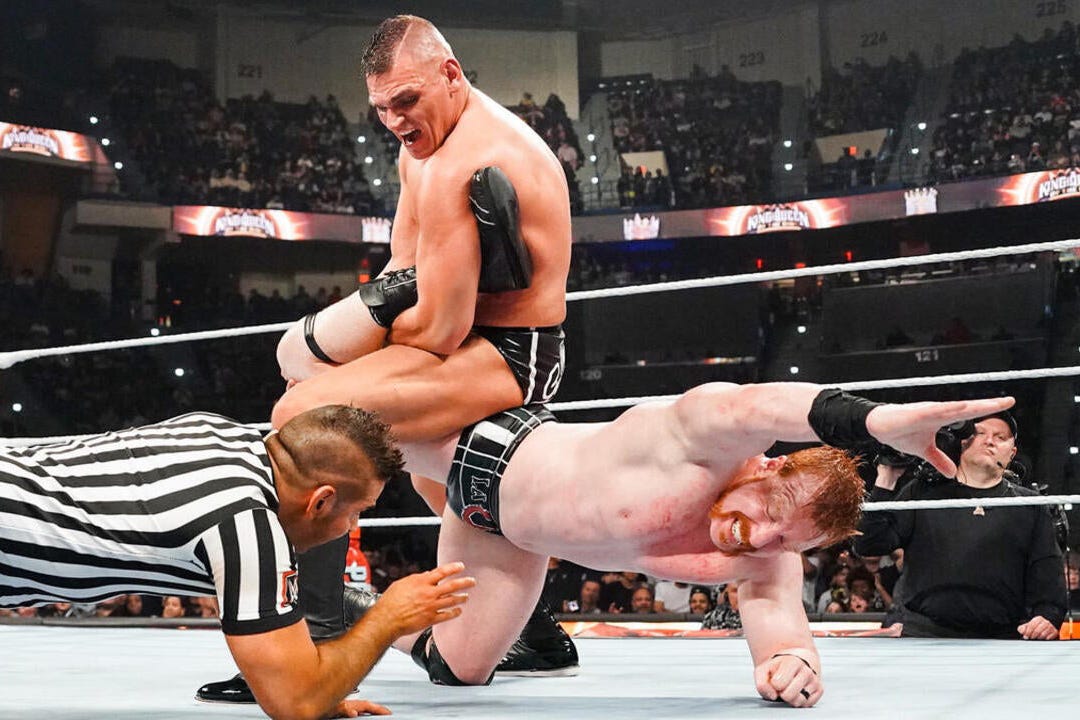Kayfabe
Professional wrestling and Santa Claus have something in common.
Professional wrestlers are referred to in the industry as either “babyfaces” or “heels” – goodies or badies respectively. “Faces” and “heels” are rarely seen together in public, and why is that? Even today, it’s all about the preservation of kayfabe.
“Kayfabe” is a term used in professional wrestling to describ…




